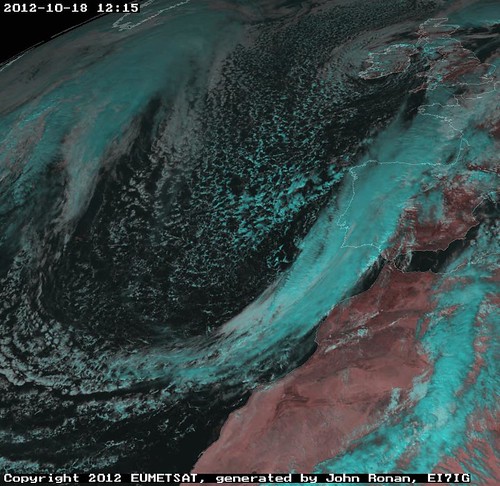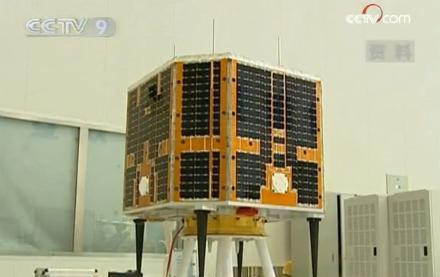So there I was a few weekends ago, wandering around the indoor hall at the UK’s National Hamfest (held just outside Newark). I had just left some items at the Bring and Buy, was browsing the stalls and I came across the stand of the Group for Earth Observation, where I stopped for a chat with the two guys on the stand.
I used to be a member quite a number of years ago until, for whatever reason, I lost interest, after a short chat, I purchased a few recent copies of their quarterly magazine and headed into the crowd. On the ferry home I opened them for a look and instantly thought I had to make an effort again.
So, when I got home I joined GEO (again), found my old licence and login details for Eumetsat. Downloaded and compiled xrit2pic and put my licence to use.
Once Mr B. drops me back my Ezcap eztv 688, I will have to try it on good old APT.
Thank you GEO for re-kindling my interest (though my wife may not agree. Hmmm… I wonder if she would mind me putting up a dish for EUMETCast reception. ).




